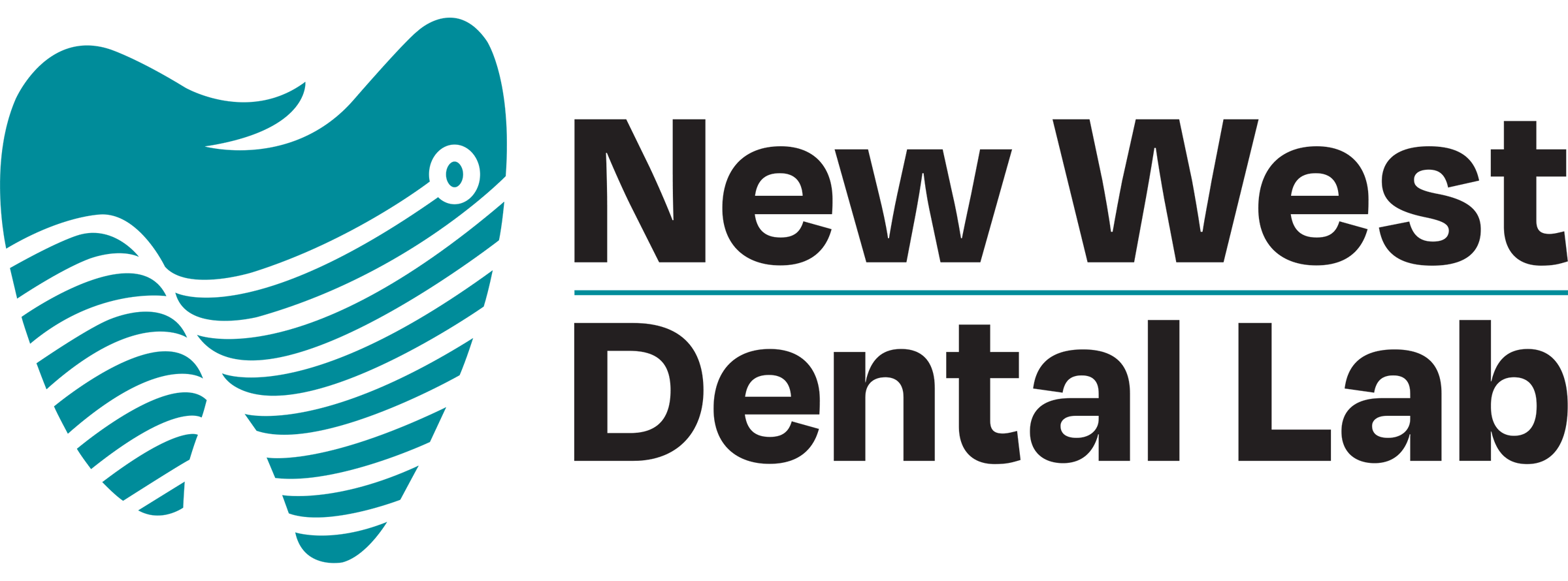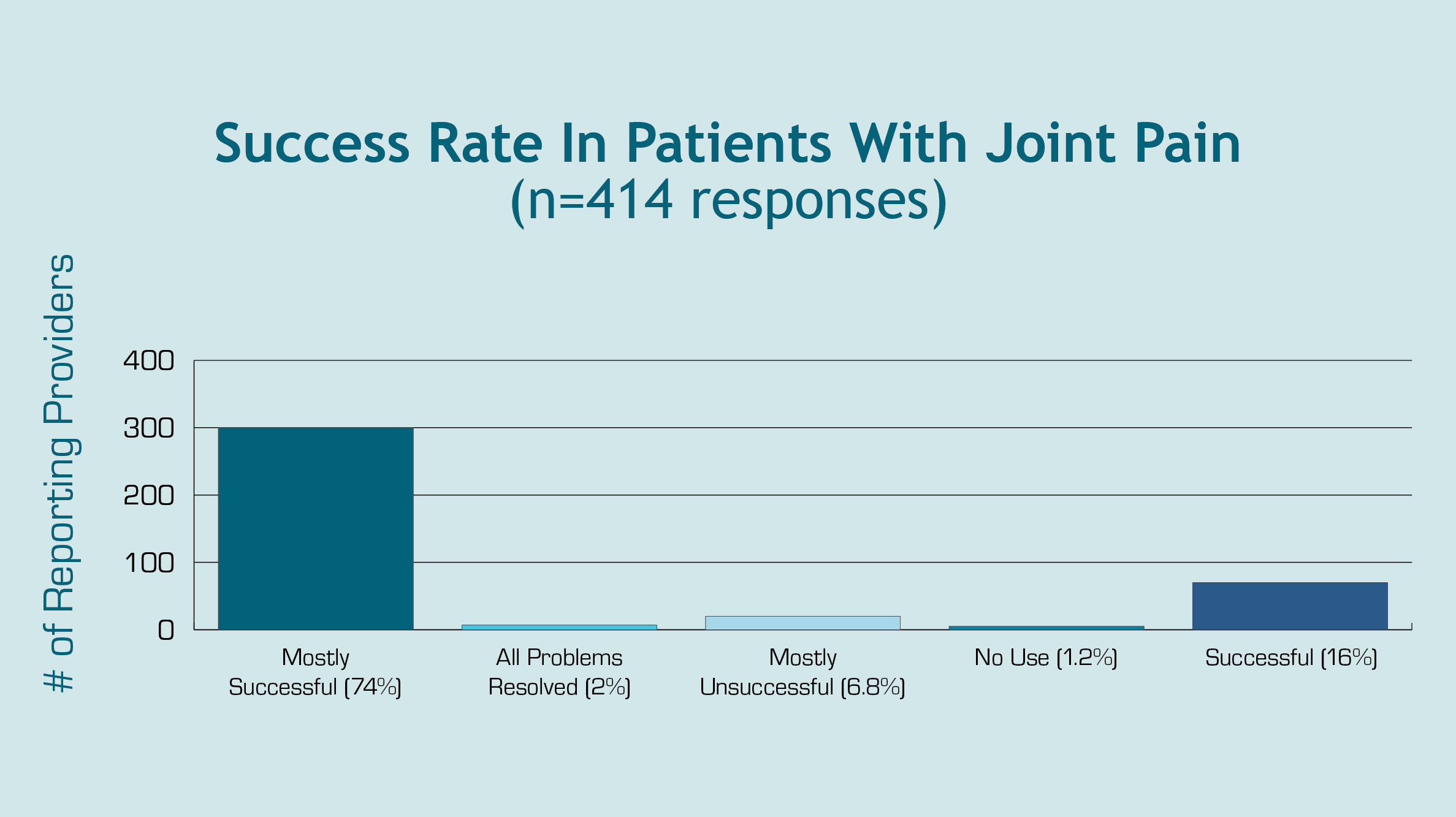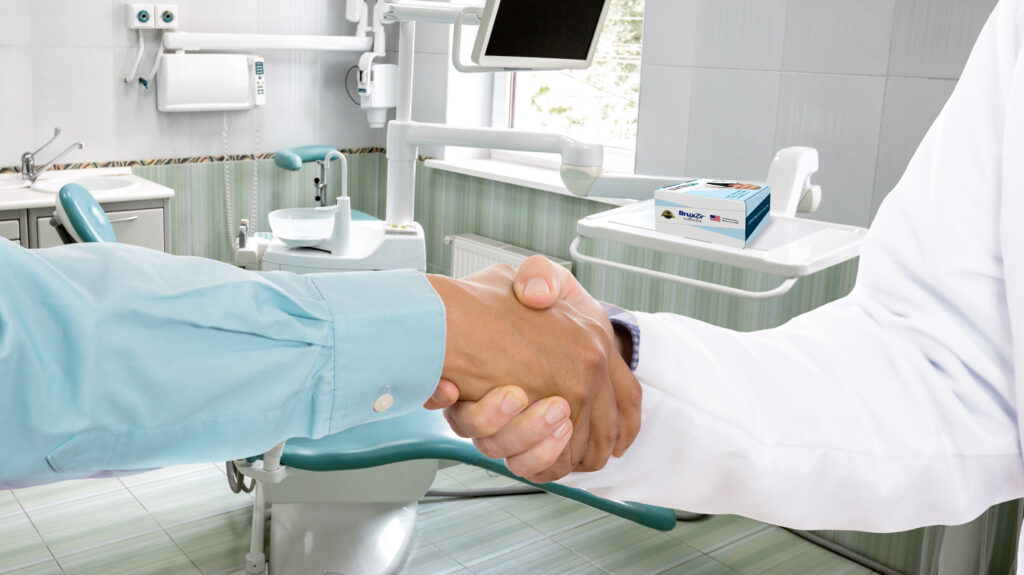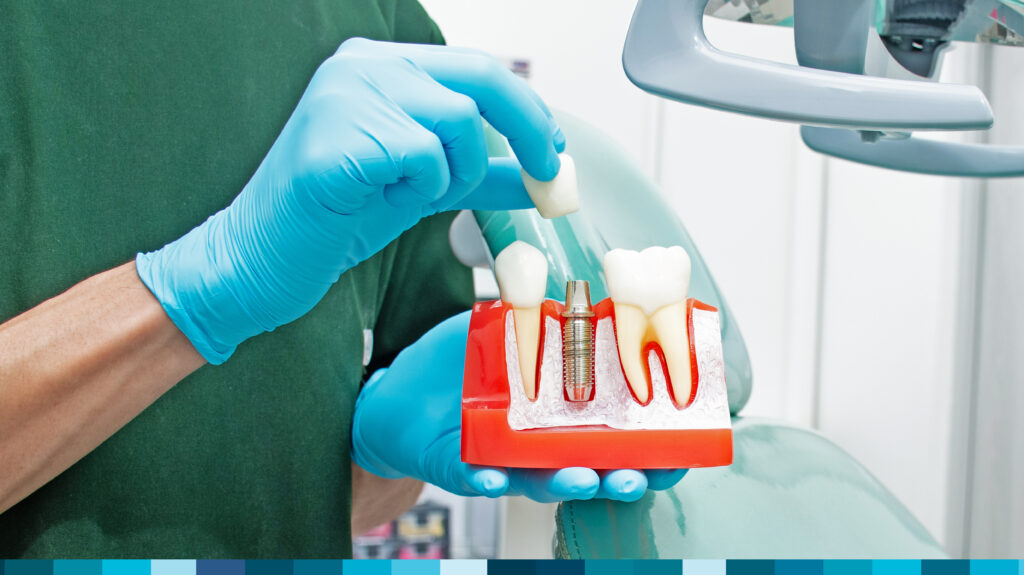If a dental patient complains of reoccurring headaches that are accompanied by pain around the temporalis muscle, they may have what’s called a “TMJ (temporomandibular joint) headache.” According to the diagnostic criteria of the National Institute of Dental and Craniofacial Research, any headache that is associated with jaw movements and muscle pain may be attributed to TMJ problems. Dentists treating TMJ problems have known for many years that there is considerable overlap between headaches and TMD (temporomandibular joint disorder), with around 70% of headache sufferers having a clinically confirmed TMD. Most TMD sufferers report a significant improvement in their headaches after receiving treatment for their TMD.
According to a study on the diagnostic criteria for temporomandibular disorders, for a diagnosis of a “headache attributed to TMD” (HATMD), the patient’s headache symptoms should be affected by jaw clenching, chewing, other movements, the presence of tenderness in the temporal region and palpatory tenderness.
Recognizing TMJ Headache Symptoms in Your Patients
Signs of a TMJ headache include both headache and TMJ symptoms. A TMJ headache can manifest as any type of headache and may coexist with tension-type headaches and migraine headaches. With our assistance, patients should be able to recognize if they have experienced symptoms of these common headaches.
| Tension-Type Headache Symptoms |
| Pain in a band-like pattern around the temple area |
| Pain that is aching, squeezing or dull |
| Sensitivity in the temples, neck and shoulders |
| No nausea or vomiting |
| Migraine Headache Symptoms |
| Pre-migraine symptoms like mood swings or constipation |
| Visual disturbances (aura) before or during the headache |
| Throbbing pain in the temple area |
| Sensitivity to light, sound and touch |
| Nausea and vomiting |
Discussions with patients about their headaches can be expanded to include the TMJ, which often needs a more thorough look. While there are over 30 different types of TMJ disorders, the most common TMJ symptoms include:
- Jaw pain or tenderness
- Dull pain in the face or jaw muscles
- Decreased range of motion of the jaw
- Pain when chewing, yawning or talking
- Jaw clenching or grinding
- Popping or cracking sounds in the joint
- Pain connected to the ear
Completion of a focused clinical examination to determine if there is a HATMD will include the presence of triggerable tenderness in the temporalis muscle. At times, the diagnosis is not so straightforward, and you may need to refer your patient to a healthcare professional to get a clearer diagnosis.
How Can You Provide TMJ Headache Relief to Your Patients?
Headache and TMJ disorders have significant overlap in terms of anatomy, biology and clinical features. To determine if a patient’s TMJ disorder is contributing to their headaches, a multimodal strategy is ideal. Each intervention will have an additive effect in providing jaw-pain relief with a reduction in the frequency of associated headaches. Such an approach can include physical therapy, jaw rest, thermal therapy and migraine prevention devices.
- Physical therapy: Jaw exercises are considered first-line therapy for painful TMJ disorders and have consistent positive treatment results.
- Jaw rest: It is important that the patient rests their jaw by eating foods that are not chewy or hard.
- Thermal therapy: The patient can apply heat or ice packs to aching jaw muscles, which can increase blood flow, reduce pain, improve tissue extensibility, and promote movement.
- Migraine prevention device: Anterior disclusion devices like the NTI-tss® Plus or NTI OmniSplint® prevent harmful clenching and help the jaw joint find its most comfortable position.
The NTI-tss Plus and NTI OmniSplint can be prescribed by any dentist looking to help a patient suffering from TMJ headaches. These devices are designed to keep the posterior teeth out of occlusion, which reduces clenching intensity and protects against tooth wear. For women who are nursing or pregnant, these devices provide a non-pharmacological solution to headache pain.
Patients in pain are often desperate for help. Many physicians remain unaware of this treatment option and the opportunities it provides for practice growth. We have a unique chance as dentists to provide these multimodal treatment options to patients in need.






